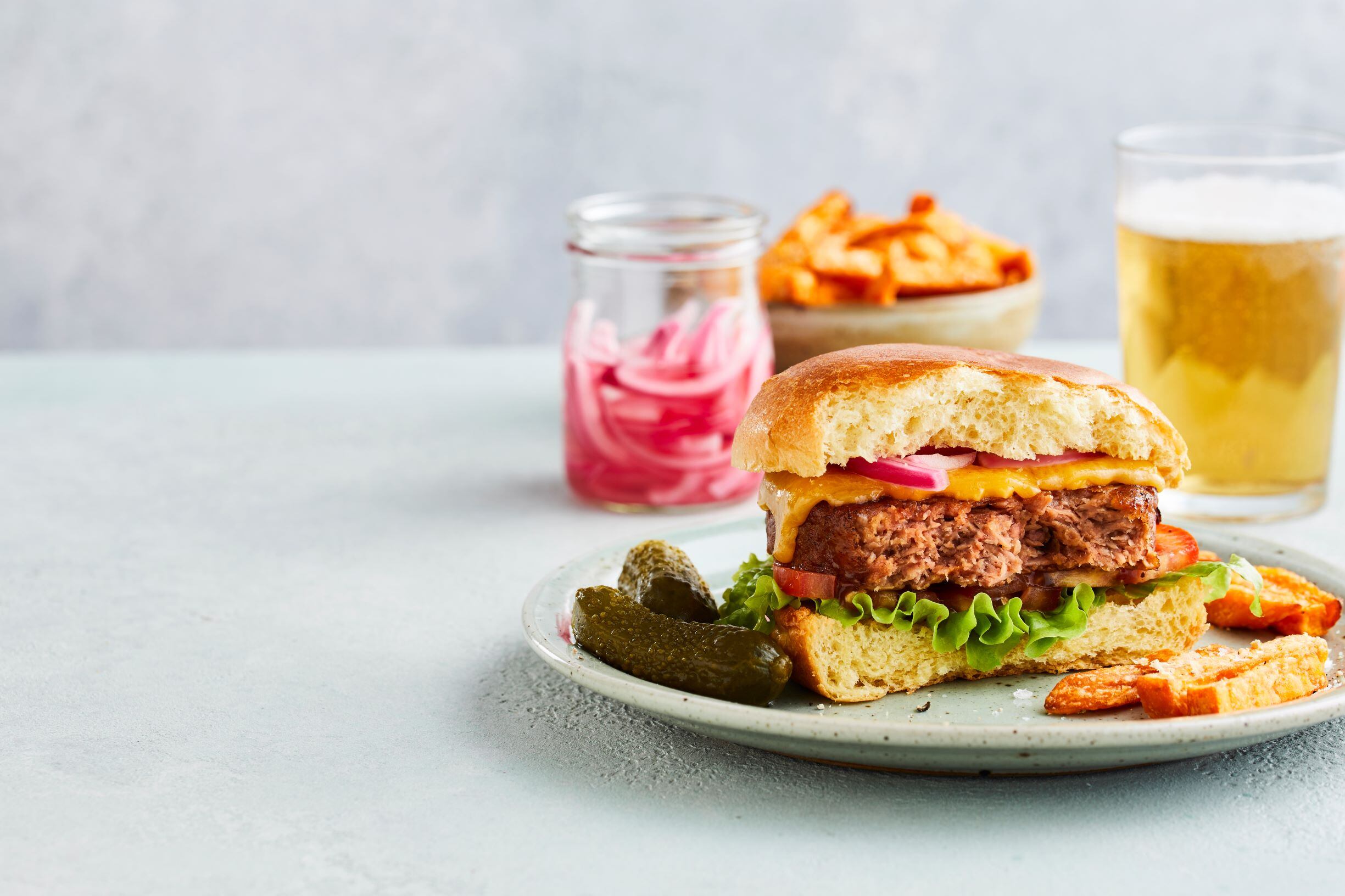In its Unlocking Food Safety in Plant-based Meat webinar on 23 April, Kerry said antimicrobial shelf-life issues for plant-based products were more related to spoilage and quality than food safety.
Early incorporation of ingredients for protection into products was the best way to build long shelf life and avoid challenges such as flavour loss, webinar delegates heard, although there were other approaches.
"If you build it into that base material and you account for any kind of flavour or texture differences the antimicrobial may bring, it helps you to start with a cleaner place to build from," said Renetta Cooper, technical business development director, food protection & preservation, Kerry Taste & Nutrition. "Build in early is an approach that we've taken.
Integrated into flavour system
"Another way of building your clean label antimicrobial would be to be integrated into your flavour system. Whether that's a masking system or the seasoning blends that you're using in your product. This is really helpful because it gives your operators one last step. So everything can go in at one time. Then you have confidence that good safety has actually been built in and you're covered from that perspective.
"It's just one system that covers your flavour requirements, any masking requirements that you might have, as well as the clean label antimicrobial."
A liquid or dry multi-ingredient system was another solution, said Cooper, who was quick to stress that use of antimicrobial ingredients should complement control of temperature, water activity and pH. "In this particular case, you're trying to target added benefits. You're looking for multiple coverage of spoilage organisms or pathogens. It is typically added separately and it's added to your base material, and then you would add your seasonings and flavours.
Single ingredients
"Finally, if you have a formula that's fairly complete, you can look at applying single ingredients. Those single ingredients are also available in liquid and dry formats. It depends on your processing and the ease of handling you might be looking for, what option you would want to go with.
"In general, a single component system doesn't give you as broad of coverage as you might see with a system. It's really understanding the spectrum of inhibition that you need for your formula."
Suppliers were urged to validate their food safety controls with a production trial as well.
Plant-based protein conference
Kerry Group's plant-based Radicle brand was one of the sponsors of Food Manufacture's virtual conference The Future of Plant-based Proteins: Roots of Further Growth on 31 March. Speakers and panellists included James Fisher, lead product developer, convenience meals, Marks & Spencer; Felippe Castillo, director of marketing and innovation at Tyson Foods and Karl Williams, group technical director, Meatless Farm.
In addition to Radicle, Roquette and Loma Linda Tuno sponsored the event, which is available on demand at £125+VAT per ticket. Supporters were Cargill, Firmenich, Ingredion, Mane and Symrise.
Salt content a challenge
Emma Cahill, strategic marketing, food protection & preservation, Kerry Taste & Nutrition, said salt content was a particular challenge for plant-based food manufacturers when it came to preservation. "A lot of the preservatives are sodium-based, so they do contribute sodium to the final formulation.
"If you're already using sodium or sodium based products to enhance the taste of plant-based, you're trying to protect the taste, but match the nutritionals to consumer expectations. If your preservative solution is adding further sodium, it can put sodium above the threshold.
"We even see this in certain markets where there are regulations to limit the amount of sodium per 100g of product, for example. We are always looking to provide solutions that have no- and low-sodium contribution. So when you're formulating you only have to worry about the taste contribution of sodium in a positive way versus extra sodium coming in from your preservative solution."
Potential solutions
Offering instances of Kerry's potential solutions, Cahill said: "We could combine solutions that are made from different things like fermentation or from plants. It could be a combination of vinegar with carbonyls, things that are peptide based or organic acid based.
"The idea is you're having an action in two ways. Something that might have a really strong impact on pathogens combined with something else that has a really strong impact on mould and yeast and other spoilage microorganisms are coming together and completing each other with an additive, like one plus one equals three.
"The idea of using two solutions together is they usually can come in at lower dosage and still have a better impact on sensory nutritionals than a strong dose of one single ingredient."




